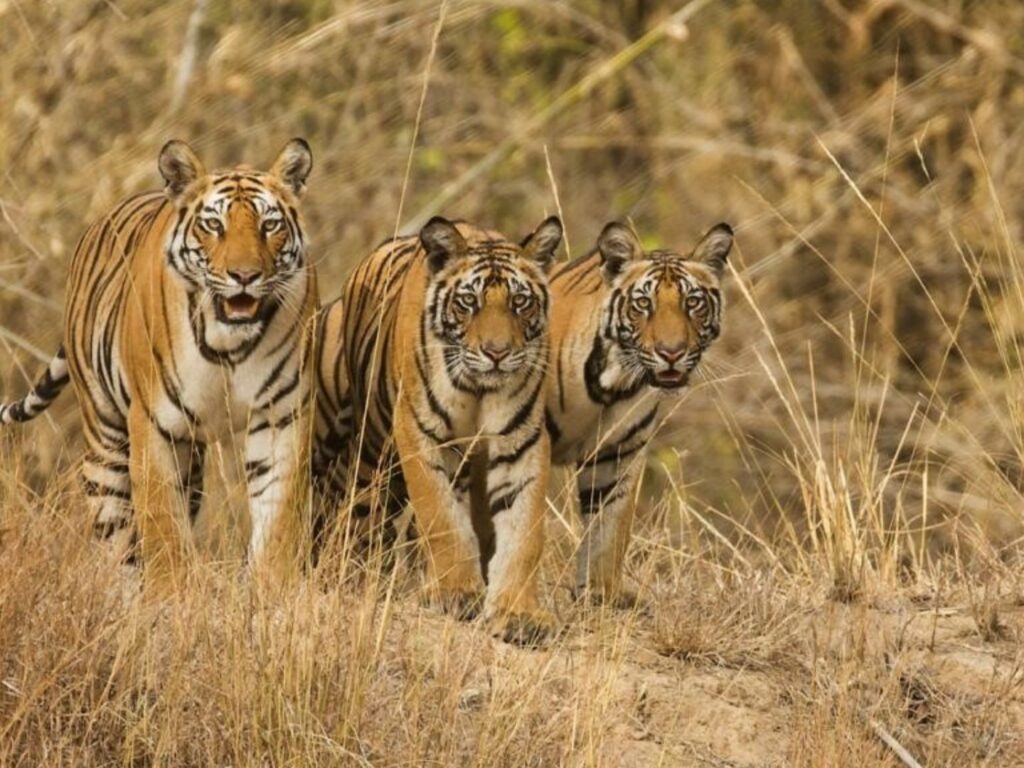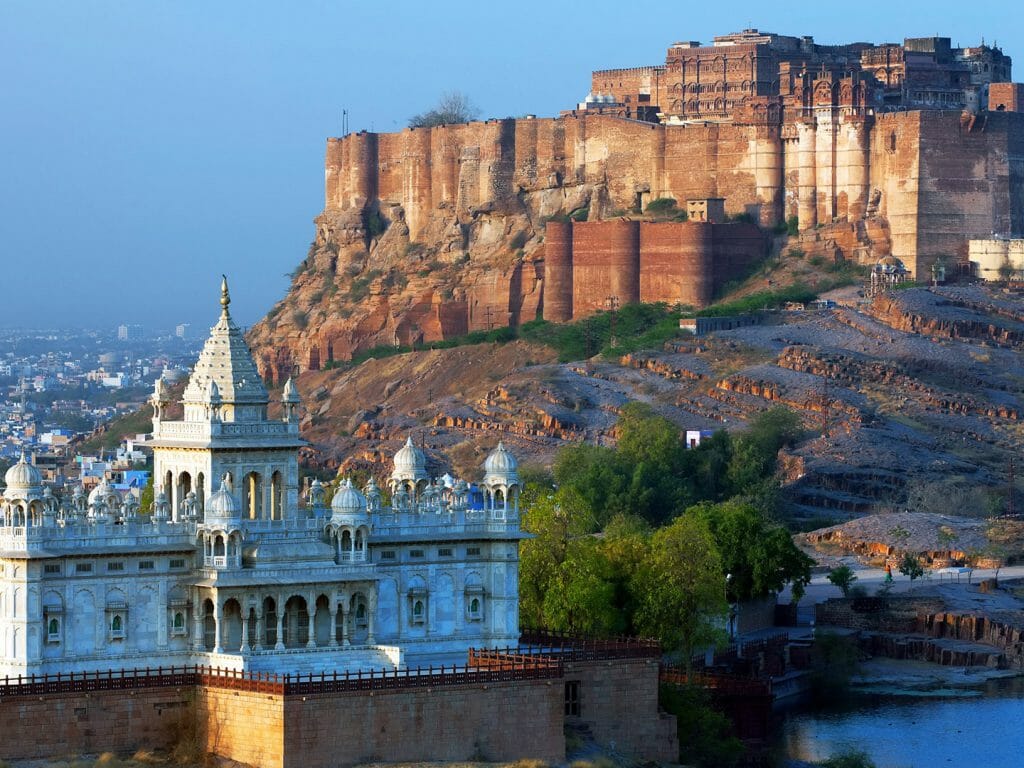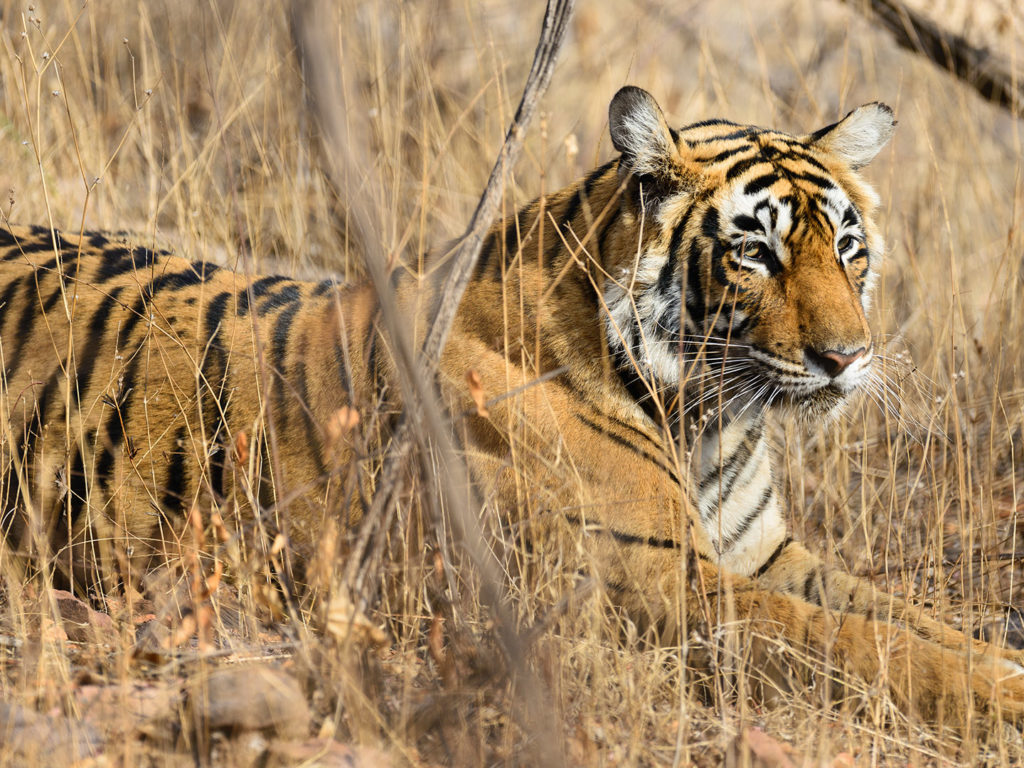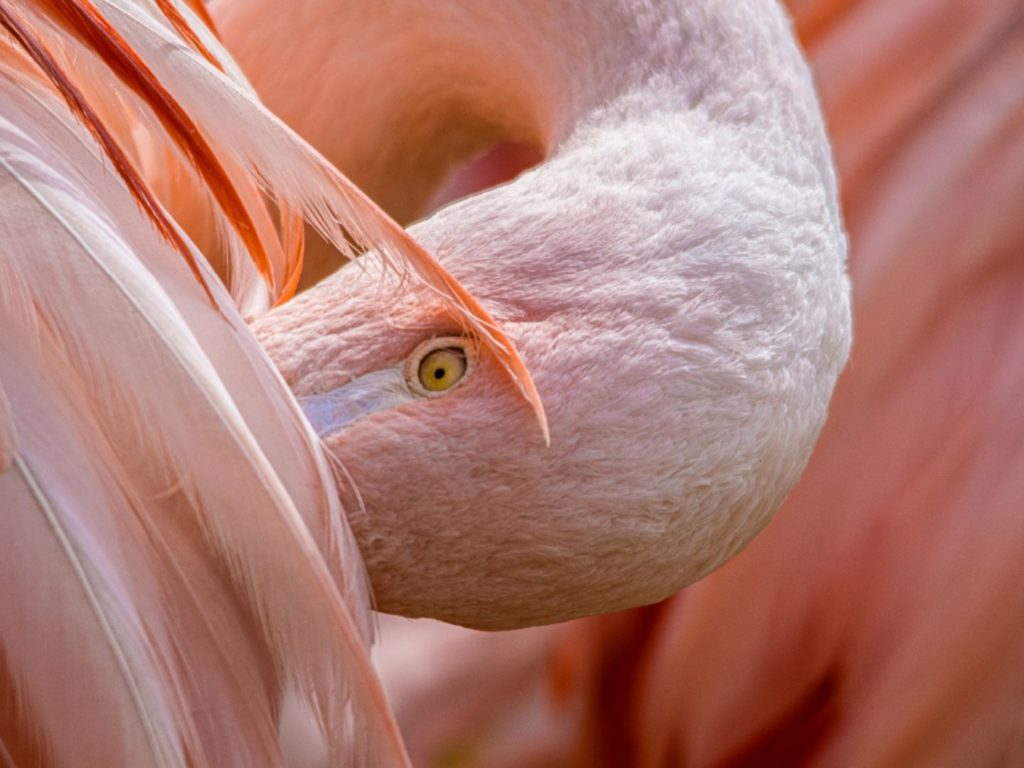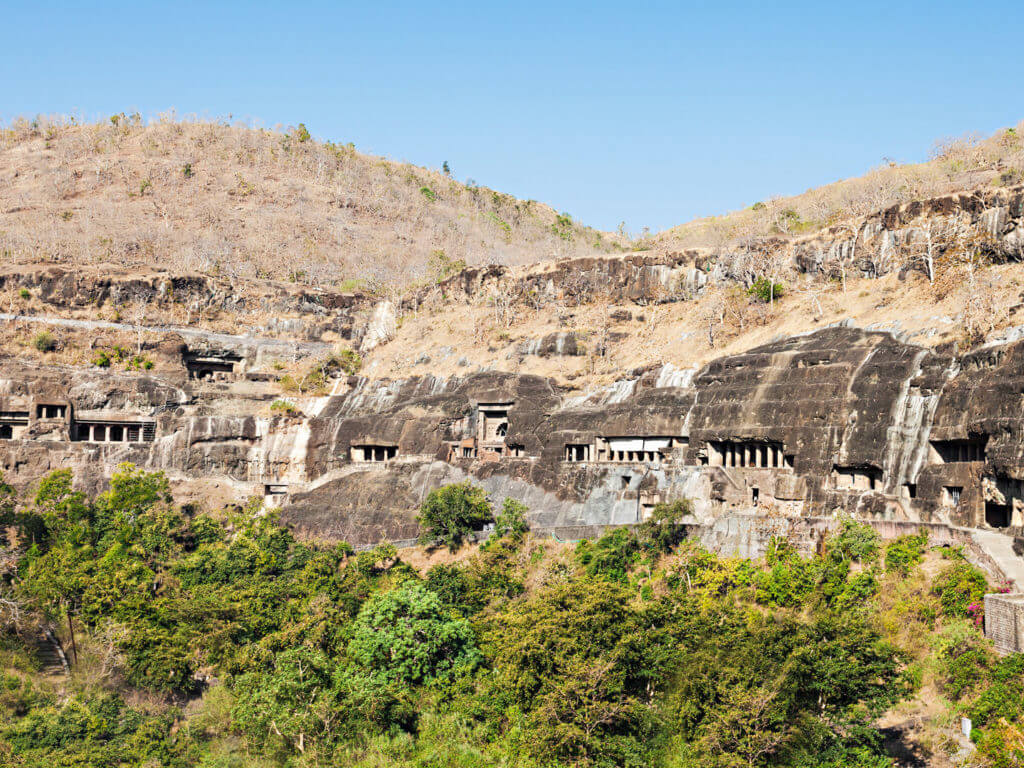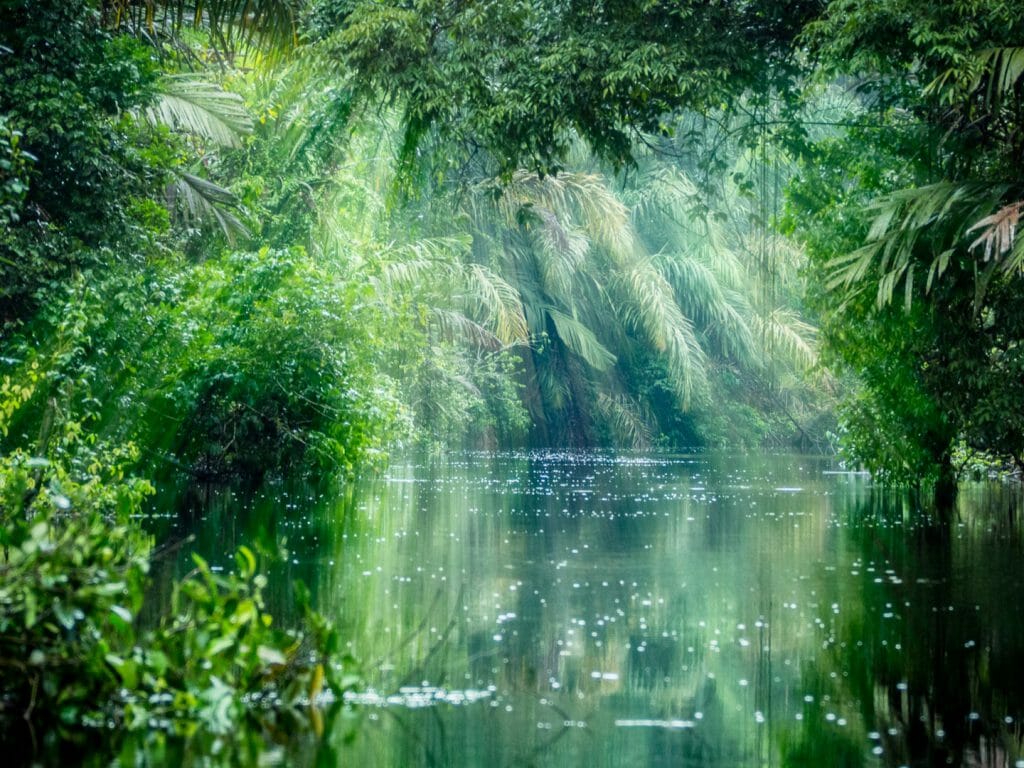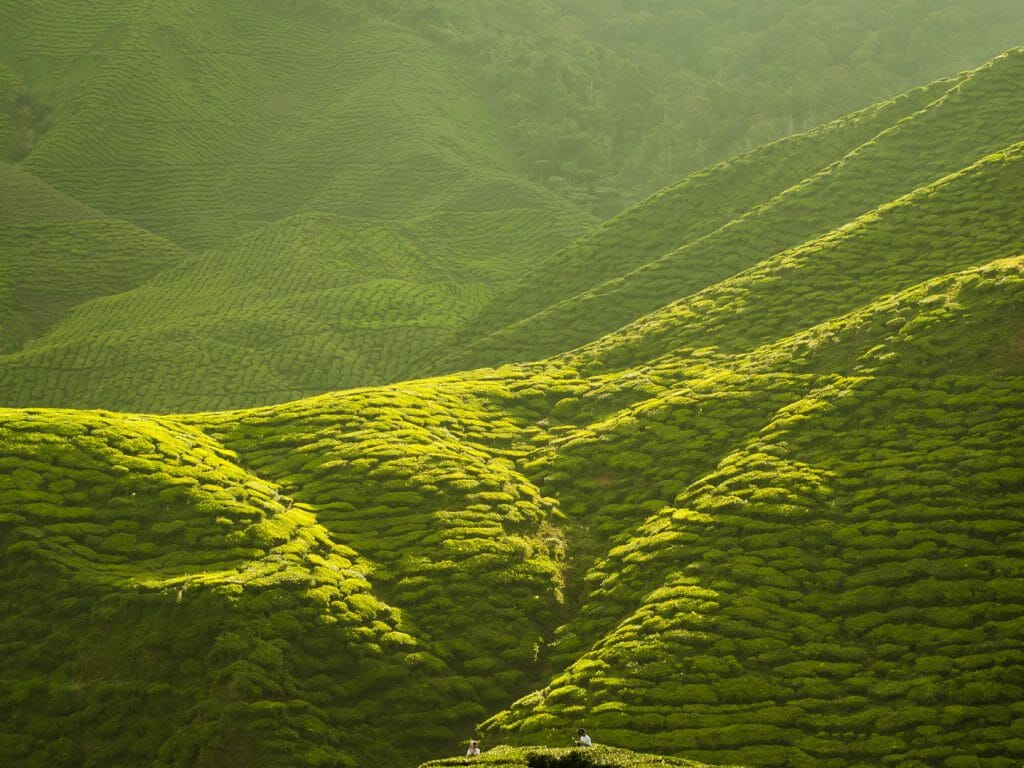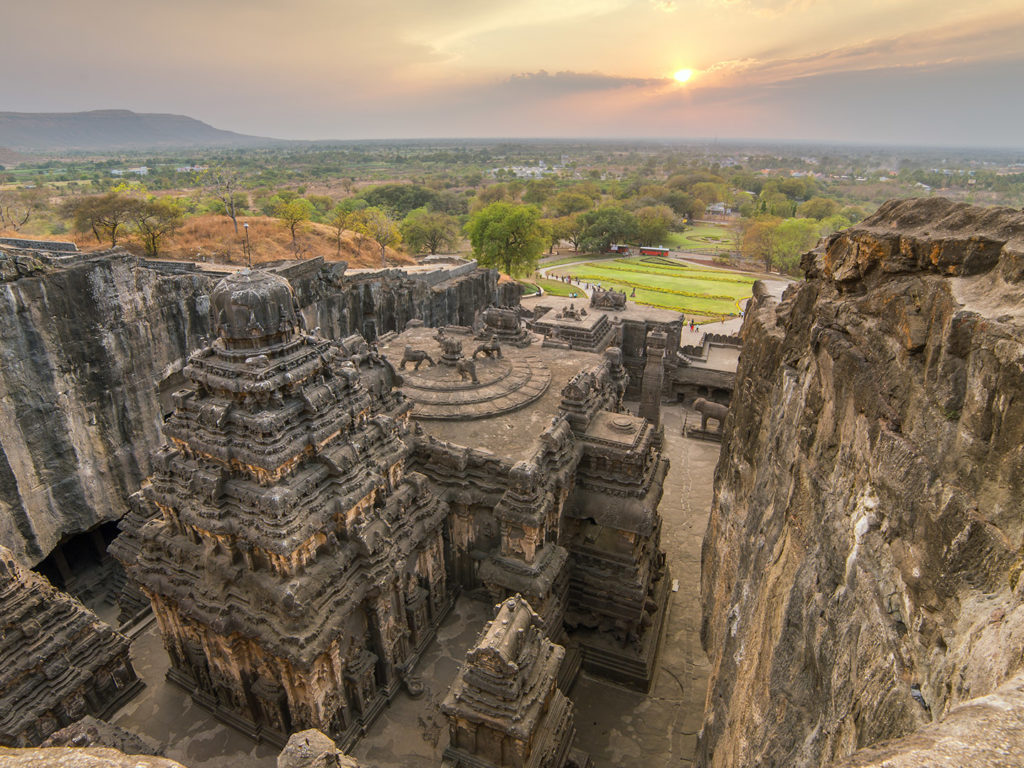‘’There, can you see it?’’
I scanned the horizon. Nothing.
‘‘The ear, can you see it twitch.’’
I picked up my camera and extended the lens.
‘’See the log, just behind you’ll see it.’’
Both my eyesight and lens had let me down.
‘’Ok, let me drive closer’’.
Namrata, our naturalist in Pench National Park, ushered to the vehicle in front of her. She pointed to where she had spotted the tiger and urged them to approach slowly and quietly. The vehicle, sped off towards the area, closing in four hundred, three hundred, two hundred metres. Their haste is de rigueur, it seems, in India’s national parks.
As our vehicle approached the tiger, Namrata turned the engine off and rolled to a stop. Reaching for her binos, a smile crept to her face. ‘’Wow’’. She stood up in the vehicle, one hand held her stomach as her eyes lit up, she was in a childlike awe. Despite having been a naturalist for four years with the world renowned Taj Safaris, spotting India’s mightiest and most majestic creature never seemed to lose its charm.
Despite settling in Mumbai working as a graphic designer, Namrata felt the jungle calling to her. Her love of discovery and wildlife had been ignited whilst travelling the world in her teens as result of her father’s work. I asked what her best experience on safari had been. She paused; ‘’there’s so many’’. A pivotal moment, however had been at Kanha National Park. Aged 24 she experienced her first night on safari. From the safety of her lodge she had heard the roar of tigers in the middle of the night; ‘’I had no idea what the sound was, but I knew I wanted to hear it again and again. I knew I wanted to make this my home.’’
Taj Safaris have been pivotal in championing female naturalists, currently employing four across their different properties in India, including the two lodges that I was privileged to stay at – Baghvan in Pench and Banjaar Tola in Kanha. It seems Taj are attracting locals from all walks of life. Whilst staying at Baghvan we meet other naturalists who have left high flying jobs in the city. One, a former consultant at Ernst & Young, spoke to me about his decision to leave the city for a more fulfilling calling. Yes, his parents were shocked at what is a little bit of an unconventional career choice but as he recounts his experience of the last tiger census at Pench I see that, much like Namrata, he couldn’t ignore the jungle calls.
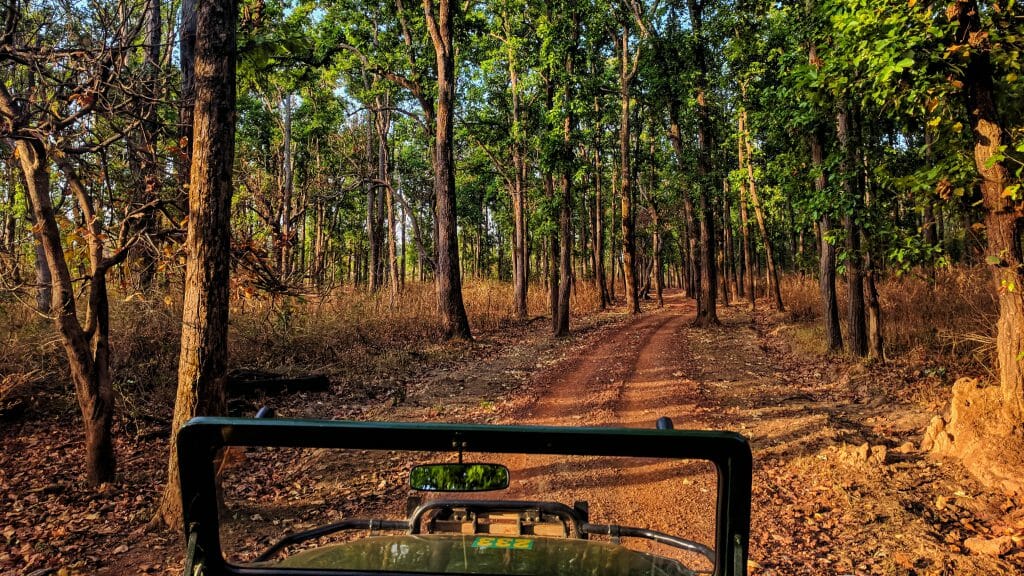
Namrata is certainly no token gesture as the only female naturalist in Pench. Calm, collected, yet still irrefutably excitable at the sight of wildlife, game drives with her seemed to end much too soon. Sight aside, her knowledge of the wildlife was incredible. We were treated to stories of Collar Walli, the Princess of Pench – one of four tiger cubs intimately filmed by elephants wearing hidden cameras on Tiger- Spy in the Jungle – and Langari, a tigress born with a twisted paw but a defiant attitude to change her fate. The tigers here in Pench are all assigned numbers, for the naturalists however, they are on a first name basis.
Elusive, surprisingly well camouflaged, and fiercely independent, tigers are not a guaranteed spot. We were on our third game drive at Pench and so far we had only seen a tiger from afar, striding beyond the teak trees before disappearing altogether along with around seven other safari vehicles all queued up on a single lane track. We yearned for our very own close up and with at least one of the 53 tigers in the park we thought our luck would be in. But this is unlike safari experiences in Africa. There is no sense of instant gratification. No guaranteed sightings of game on each drive. Patience is key.
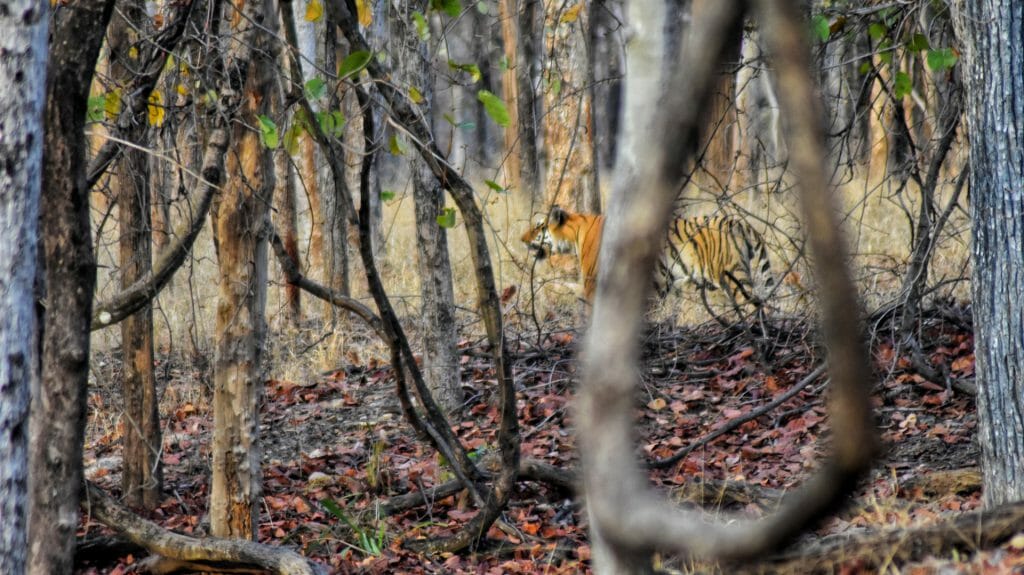
The right naturalist has a sense for where the tigers may be, which direction they’ll be heading in. The best naturalists, however, will ensure that your game drives uncover all that the park has to offer.
Golden hour was upon us. The ominous teak trees are tinged with a saffron shade of yellow sun. Taking its name from the meandering Pench river we drive through different landscapes of forests and valleys. You may be there for the tiger but you’ll be listening for the warning calls of the langur, looking for the photogenic so called ghost tree that has shed all its bark to the always unexpected feeling of droplets from the cicada filled trees in the forest. The park is alive and your senses constantly alert. We spot gaur, sambar deer, jackals and rhesus macaque and peahens with ease. Indian rollers, greater racket tailed drongo and night jars fly overhead. On one occasion what we think is a tiger turns out to be a leopard sprawled across a log. Another phenomenal spot by Namrata.
‘’Do you see it now?’’ Namrata asks.
She leaned forward and asked for my camera so that she could focus on it for me.
‘’Yes, yes I do.’’
A smile crept onto my face as I watched the tigress peer up out of the long grass to scan the horizon. We sat, silenced by the view of her. The sunset was beginning to highlight her head, the glow making her appear ever more like the spirit of the Indian jungle.
Be sure to follow Namrata’s experiences on Instagram – namrata_b_


